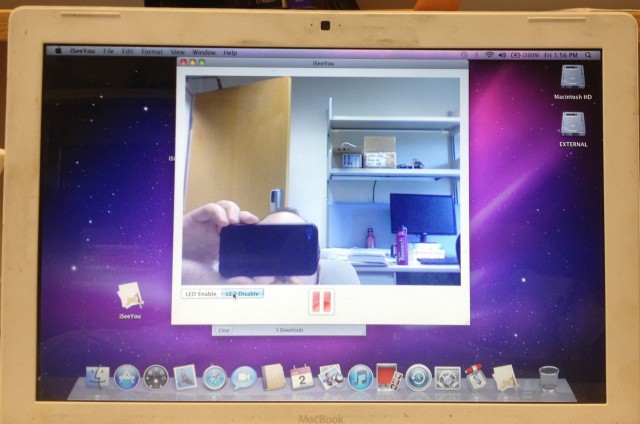
A common pastime among the residents of the Internet's seedy underbelly is spying on people through their webcams then using the pictures to harass and blackmail the victims. This kind of hacking went mainstream when Miss Teen USA Cassidy Wolf was named as a victim of a blackmail attempt.
In addition to standard computer security advice given to combat this behavior—keep your computer patched, don't install malware, and so on—it's commonly suggested that you only use webcams where the activity LED is hardwired to light up whenever the camera is active. Among others, Apple's line of laptops has been identified as having such hardwired LEDs. However, researchers at Johns Hopkins University have published a paper, first reported on by the Washington Post, demonstrating that even this isn't good enough. Some hardwired LEDs turn out to be, well, software controlled after all.
As with just about every other piece of modern hardware, the webcams in the computers that the researchers looked at—an iMac G5 and 2008-vintage MacBooks, MacBook Pros, and Intel iMacs—are smart devices with their own integrated processors, running their own software. The webcams have three main components: the actual digital imaging sensor, a USB interface chip with both an integrated Intel 8051-compatible microcontroller and some RAM, as well as a little bit of EEPROM memory.
Read 9 remaining paragraphs | Comments